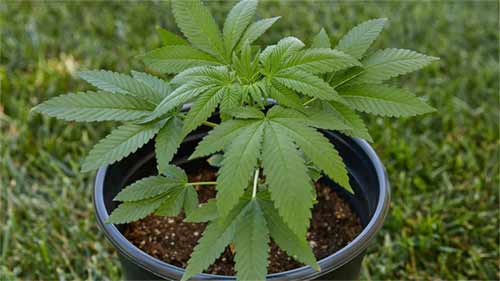
How to Reveg Weed? [Pros & Cons]
Do you want to get the most out of your cannabis plants as a grower? Do you want to know how to reveg weed? Then you may be thinking about revegging, which enables you to increase the buds your cannabis plants produce and even maintain a particular genotype. The question is, what exactly is “revegging,” and is it worthwhile? In this post, we’ll provide you with all the information you need to reveg cannabis, including the benefits and drawbacks of the procedure, the various approaches available, and the actions you must take to succeed.
Table of Contents
What Is Revegging?
Revegging, or Regeneration, directs a cannabis plant to transition from flowering to vegetative. When revegging, a plant’s lifespan can be increased while producing more buds using the same genetics.
Can You Reveg Your Weed After Harvesting?
After harvesting your weed, you can revegetate it. Trimming the buds and foliage off after exposing the plant to darkness for up to 48 hours is the procedure. The plant will then require up to six weeks of high-nitrogen fertilizer and 24-hour lighting to return to the vegetative stage.
Is Reveg Worth It?
For many producers, revegging cannabis plants can be a worthwhile effort. The procedure can preserve good phenotypes, do away with the requirement for mother plants, shorten the vegetative stage, and generate more buds from the same plant, but it takes time, work, and patience. However, drawbacks include difficulty, time, poorer yields, and high stress. Choosing to revegetate a plant ultimately depends on your goals, objectives, knowledge, and resources.
Pros And Cons Of Revegging Weed
Revegging has benefits and drawbacks, just like any other growing method. Let’s look at some of the benefits and drawbacks of revegging.
Pros
Revegging has several advantages, including preserving phenotypes, removing the requirement for mother plants, a shorter vegetative period, and the ability to harvest more buds from the same plant.
Phenotype Preservation: If you have a limited supply of seeds, re-vegging enables you to maintain the genetics of a certain strain.
No More Mother Plants: Re-vegging eliminates the requirement for mother plants, which are kept for cloning.
Reduce Vegetative Period: Re-vegging can considerably shorten the vegetative stage, allowing for a speedier transition from seed to harvest.
More Buds From The Same Plant: By enabling you to gather more buds from the same plant during re-vegging, you can also boost your yield.
Cons
Cannabis revegging has certain drawbacks as well. While some growers may find it a good practice, others could find it more work than it’s worth. The cons of re-vegging include the difficulty of the process, the time and effort involved, lower yields, and the stress it can put on the plant.
Difficulty: Revegging can be a difficult task that needs a lot of patience, expertise, and close attention to detail. You must be ready to invest the time and effort necessary to return cannabis plants to the vegetative stage if you want to reveg them successfully.
Time: The length of time it can take to finish revegging is one of the main disadvantages. Your harvest may be delayed, and more nutrients, room, and lighting may be needed.
Lower Yields: While revegging has the potential to increase yields, it also has the danger of decreasing yields because of the added stress. The plant won’t grow as well as it would have if grown properly and will take longer to recover from the change.
High Stress: The plant may endure stress while revegging, affecting its general well-being and effectiveness. The plant can be kept as healthy as possible throughout the process by receiving the right care and training, which can assist in reducing this stress.
How To Reveg A Weed Plant
For growers who want to retain a certain phenotype or prolong a beloved plant’s life, revegging cannabis can be a helpful practice. If you want to know how to reveg weed start here.
A plant that has begun to flower is removed from the process and returned to the vegetative stage.
The plant’s buds should all be removed before starting, leaving only the stem and leaves. The plant should be exposed to light for 24 hours, prompting it to grow again.
The plant might not start producing new leaves and branches for a few weeks. Maintaining a regular light cycle and feeding the plant plenty of nutrients throughout this period is crucial.
The plant will eventually begin to grow once more, allowing you to restart the typical vegetative growth cycle.
Post-Harvest Revegging
Even though it can be difficult, revegging a plant after harvesting is an excellent technique to preserve a mother plant for many years.
How To Perform Post-Harvest Reveg
The necessary steps to perform post-harvest revegging include:
For up to 48 hours, keep the plant in full darkness. This assists in shocking the plant and preparing it for revegging.
Remove the plant’s entire leaves and buds. As a result, the plant can concentrate all of its energy on vegetative growth.
Keep the plant in high nitrogen fertilizer and 24-hour lighting for up to six weeks. This will encourage the plant to generate new shoots and leaves and encourage vegetative growth.
Monster-Cropping Clones To Reveg
Many growers use the popular “monster cropping” method to produce big, bushy plants. Monster cropping involves cutting a clone from a flowering plant instead of conventional cloning techniques, which employ cuttings taken during the vegetative stage. As a result, the clone can keep some traits from the flowering stage and grows into a bushier, more robust plant.
For those trying to maximize yields and cultivate high-quality cannabis, the results of this strategy are well worth the extra time and patience required.
How To Monster-Crop Clones For Revegging
Start by taking a clone from a flowering plant to monster crop a cannabis plant. The clone should be exposed to a 24-hour light cycle after it has taken root until it reaches the desired size. At this moment, revegging can be induced by switching the clone to an 18/6 light cycle. The plant will create new vegetative growth, forming a bushy, healthy plant with several branching nodes.
Accidental Revegging
Irregular light cycles, nutrient deficits, or environmental stressors like high temperatures or pest infestations can cause plants to mistakenly revegetate. Accidental revegging can occur throughout the flowering period and even after harvesting. After harvest, your plant may have unintentionally revegged if you find new leaves and stems appear. Accidental revegging can be a chance to investigate new growth patterns and provide a second crop, even though it may come as a surprise. But it’s crucial to keep an eye on the plant’s development and provide it with the nutrients and light it needs to promote its new growth.
Revegging Weed FAQ – Frequently Asked Questions
For growers wishing to improve their productivity while preserving their favorite strains, revegging weed plants might be helpful. It can, however, be a challenging task that necessitates close attention to detail. To aid you with any questions you might have, let’s go through and address some frequently asked questions about revegging cannabis.
Is Revegging Ever Not Advised?
Although revegging can be a valuable strategy, there might be better ideas in some circumstances. For instance, it might not be worthwhile to attempt to revive a plant that has been seriously harmed or infected. A plant’s general health and vigor may also be harmed if it has already undergone multiple cycles of flowering and revegging. It might be beneficial to start with a new plant in these circumstances.
When Is The Latest To Take Clones From Flower?
A flowering plant’s clones can be an excellent approach to protect genetics and guarantee consistency in its growth. When it comes to taking clones, time is essential. The third or fourth week of flowering is the latest advised period to take clones from a flowering plant. By doing this, it is guaranteed that the clones will have enough time to grow roots before being put back into a vegetative condition.
Will Revegged Flower Be The Same Potency As Original Flower?
One question frequently arises among growers is whether or not revegging will impact the flower’s potency. The quick answer is that it relies on several variables, such as genetics, growing circumstances, and plant age. Due to a higher trichome concentration, the revegged flower occasionally has a higher potency than the original flower. With some strains, however, it may have less potency.
Can You Reveg Any Strain?
Most cannabis strains can be revegged, but it’s crucial to remember that some strains may respond to the process more favorably than others. Additionally, it can take longer or exert more effort to properly revegetate some strains. If you’re confused about whether or not a particular strain is acceptable for revegging, it’s always helpful to do some research or consult a professional grower.
How Can You Tell If A Plant Is Dying After Reveg?
Plants may not always return to a vegetative state after revegging because it might be stressful. After revegging, a plant can experience slowed growth, yellowing or browning leaves, and a general lack of energy. It’s critical to take quick action to save the plant if you observe any of these signs. This could entail changing the plant’s environment, adding more nutrients, or pruning dead or damaged plant parts.
Final Thoughts – Reveg Weed
In conclusion, revegging might be helpful for cannabis growers who wish to maintain a certain phenotype, avoid constantly obtaining new clones, or boost yields from a single plant. You can produce more buds from a single plant by creating a second growth cycle from a plant already harvested. However, before attempting revegging, it’s crucial to consider the potential benefits and drawbacks of the technique and the various approaches available for achieving it.
If you attempt revegging, take the necessary precautions for each approach and be patient throughout the procedure. This could involve changing the lighting, removing buds, and using a fertilizer with high nitrogen content. You should test a few alternative approaches to determine which approach works best for your plants and growing circumstances.
It’s also necessary to remember that revegging may only sometimes be successful and might be stressful for plants. Observe your plants for symptoms of disease or stress, such as stunted growth, yellowing foliage, or mold, and be ready to act to save them if required. This may entail altering the growth environment, adding extra nutrients, or employing organic pest control techniques.
Overall, revegging can be useful for cannabis farmers trying to get the most out of their plants if they have the proper knowledge, equipment, and patience. Learning the technique of revegging can help you produce high-quality cannabis while lowering your total costs and efforts, whether you’re a novice or a seasoned grower. So go ahead and give it a shot to see what kinds of results you can get!
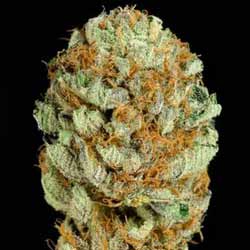
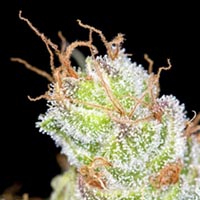
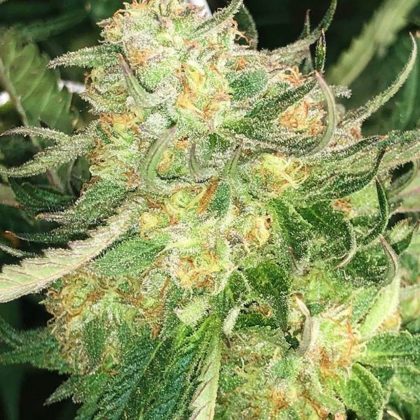
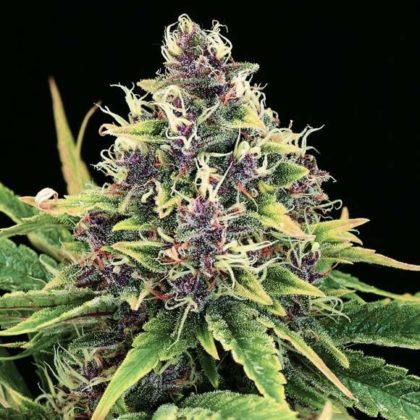



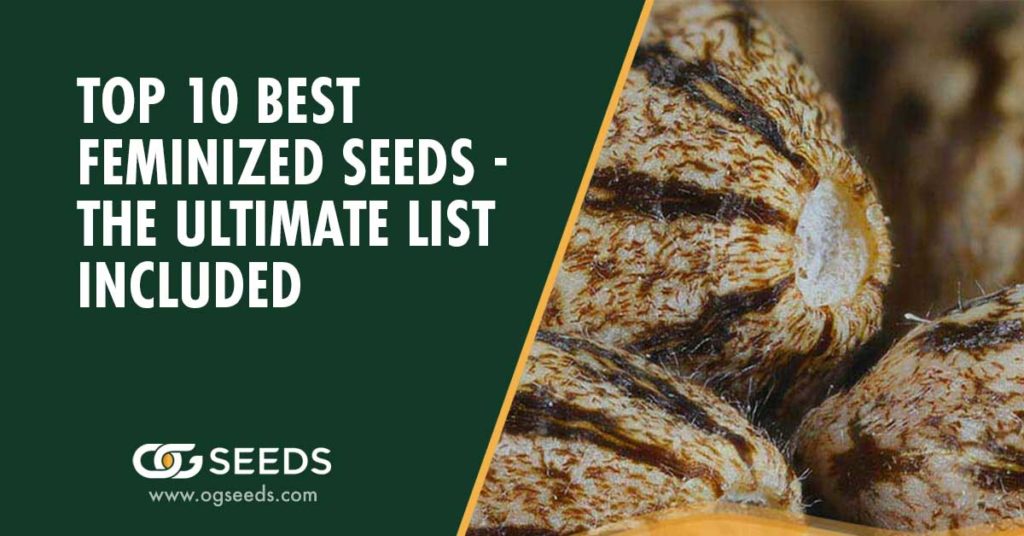
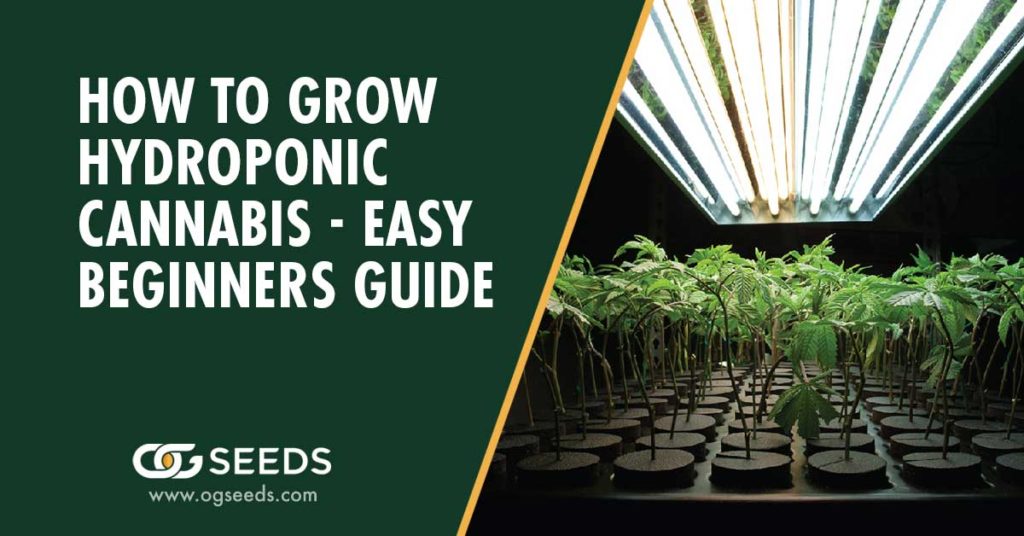
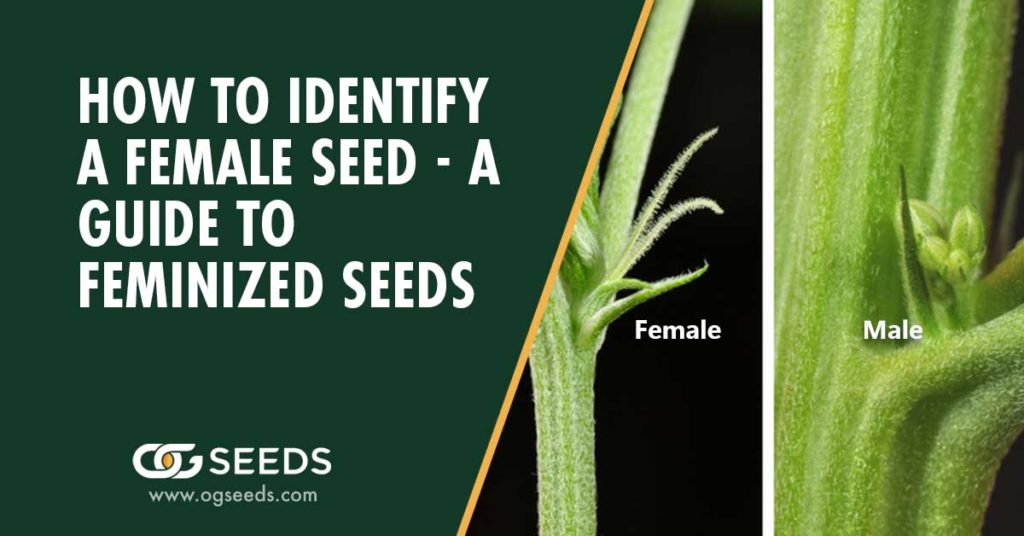
![How Long Does It Take To Grow Cannabis? [Indoors Vs Outdoors]](https://ogseeds.com/wp-content/uploads/2023/01/How_Long_Does_It_Take_To_Grow_Weed_Indoors_Vs_Outdoors_1200x628-1024x536.jpg)
